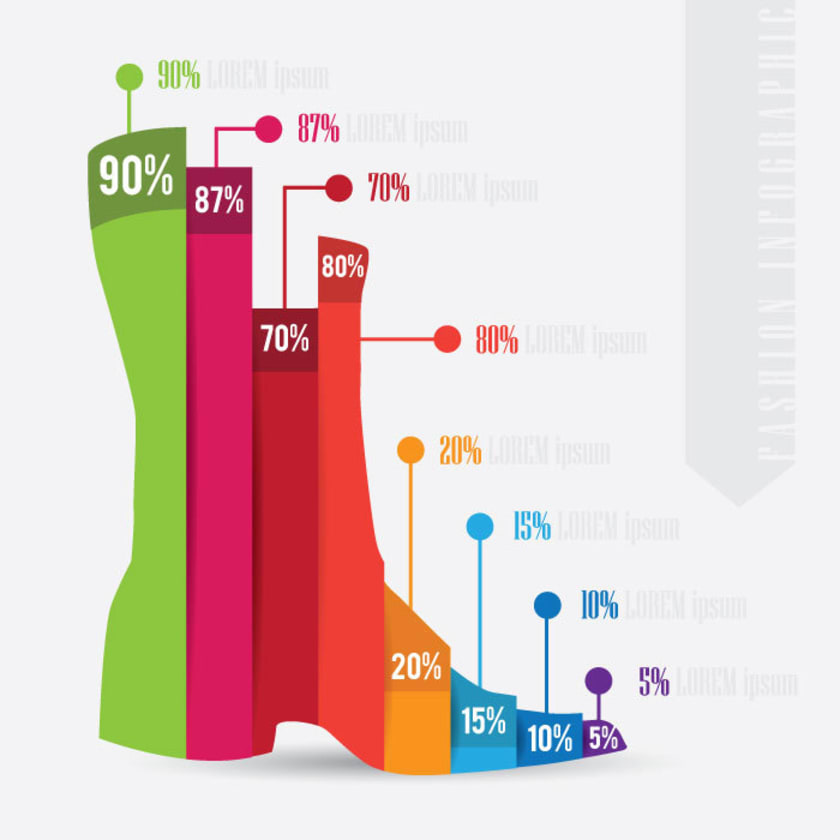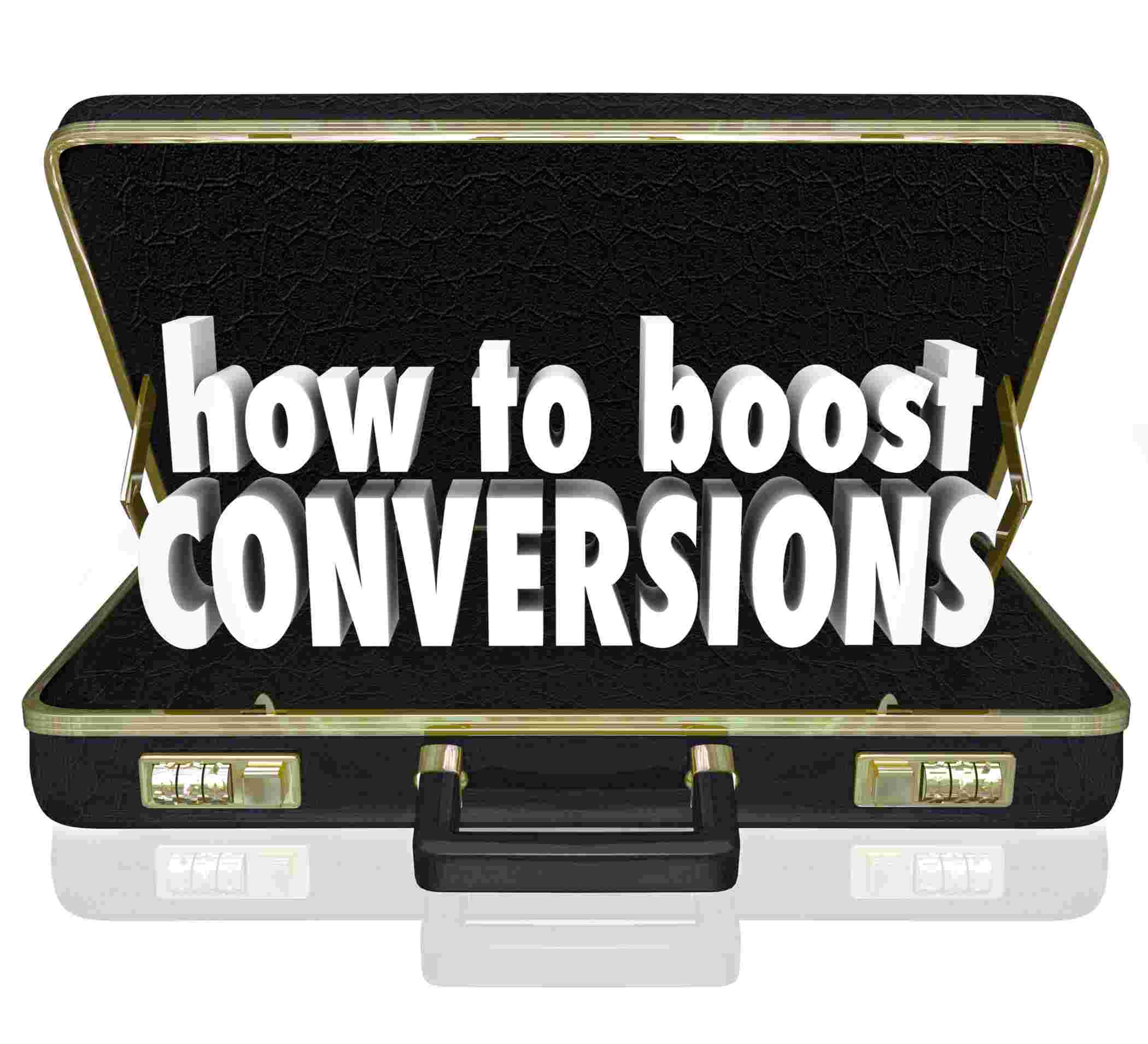How Data Analytics Is Improving Marketing in the Fashion Industry



Summary: Data mining and business analytics have spawned a new set of marketing tools and ecosystems. On one hand, data collected from primary feeds and customer behavior have enabled fashion brands to connect directly with the end user. On the other hand, the reliance on mass media such as television and newspapers has reduced drastically with the advent of eCommerce.
Data analytics is changing the way fashion brands are marketing their products and reaching out to customers. Gone are the days when companies waited for feedback from retailers and mass communication mediums such as television and newspapers to tailor their clothing line to customer tastes. Powered by big data, business analytics is predicting trends and figuring out where their clients are hanging out and the optimal times to market their products. Using the appropriate software for data analytics, fashion companies can create a personalized experience for customers.
As online shopping becomes more popular and swifter in terms of delivery, data analysis is driving the marketing strategy of global fashion brands. Let us dive into the world of data analytics and find out how it is changing the landscape of the fashion industry.
What is data analytics?
Data is information. Reliable and timely information is powering the business decisions of clothing and apparel manufacturers globally. Data analytics is the interpretation of information available on public mediums like websites and social media, research-based scientific inputs, and information with third-party aggregators. This analysis involves data mining which is then internalized by a company to evaluate trends, spending patterns by customers and market economics to create a powerful tool called business analytics. There are four kinds of data analytics: Descriptive, predictive, prescriptive, and diagnostic.
The big fuss about data analytics in marketing and why it matters!

It is not a secret that data analytics is changing the way fashion brands are marketing their products and reaching out to customers. Technology is changing the face of fashion marketing and no one is left untouched. From fashion brands to suppliers to resellers, everyone is integrating their businesses with big data. Here are a few ways business analytics is changing the world of fashion.
- Targeted and lean marketing
Fashion brands spend more than $5 billion annually on advertising and marketing campaigns. With insightful business analytics, clothing and footwear companies can now go for targeted advertising. With trusted data, companies know where to tap their customers and which segment they belong to. While this gives customers a personalized inventory of choices, fashion brands have learned but highly optimized marketing budgets.
- Value creation in eCommerce
Online shopping relies heavily on a marketing architecture powered by data analytics. Whether it is offering customers a diversified price range and offering multiple payment gateways to making timely last-mile deliveries and reducing the proportion of returns, insightful business analytics creates a value chain right down to the supplier who provided the materials for the product.
- Customer-driven designs
For fashion companies, AI and business analytics have solved the biggest worry: predicting customer behavior. Data scientists can now make use of predictive analytics to jump the gun on fashion trends and design a clothing line based on customer preference and spending pattern. Mobile data plays a major role in this process of acquiring leads for leveraging technology through data mining.
- Season-specific marketing
Thanks to big data, companies now know when to time their discounts and how to attract the attention of a customer even when a product is not on a priority list. With business analytics-driven marketing, a company can now offer discounts or introduce a new line if the predictive analysis throws up a cluster of users with spending power who have been adding similar items to their wishlist or looking them up on search engines.
- Competitive pricing
Whether it is in-season pricing or the promotion of new clothing or a product line, data analytics have helped companies optimize their pricing. This allows them to decide on competitive price points that can be tailored to the demands of B2B, B2C, or a D2C business. Sometimes, prescriptive business analytics also comes into play with companies deciding to offload excess stock by dropping prices.
- Better conversion rate
One of the biggest advantages of a better understanding of customer behavior and targeted marketing is better conversion rates. The generation of leads is just the indicator of perception and desire in the target group. Data analytics-driven algorithms are changing the game by reaching out to the actual buyer where demand meets the spending pattern.
Staying on top of the trends with data analytics

The fashion brand industry is increasingly moving to data and business analytics to make informed business decisions. Data analytics is changing the way these brands are marketing their products and reaching out to their customers. Predictive and prescriptive models are helping brands with trend forecasting, changing customer spending and preferences. These are taken into account while marketing a new product or extending a popular line. Data is now integral to conversion rate and is here to stay.
Fashinza is a cutting-edge platform that uses data analytics and AI in helping you with finding the right suppliers from a global network. If you wish to drive your sales through business analytics, connect with us today.
Key Takeaways
- With the help of data analytics, fashion brands are now able to better market their products and reach out to their customers.
- Business analytics based on big data helps brands save money and improve turnaround times by lending insight into the mind of their customers.
- Marketing strategies are now personalized and rely on targeted advertising than the carpet-bombing strategy backed by mass media in the 90s and the 2000s.



















